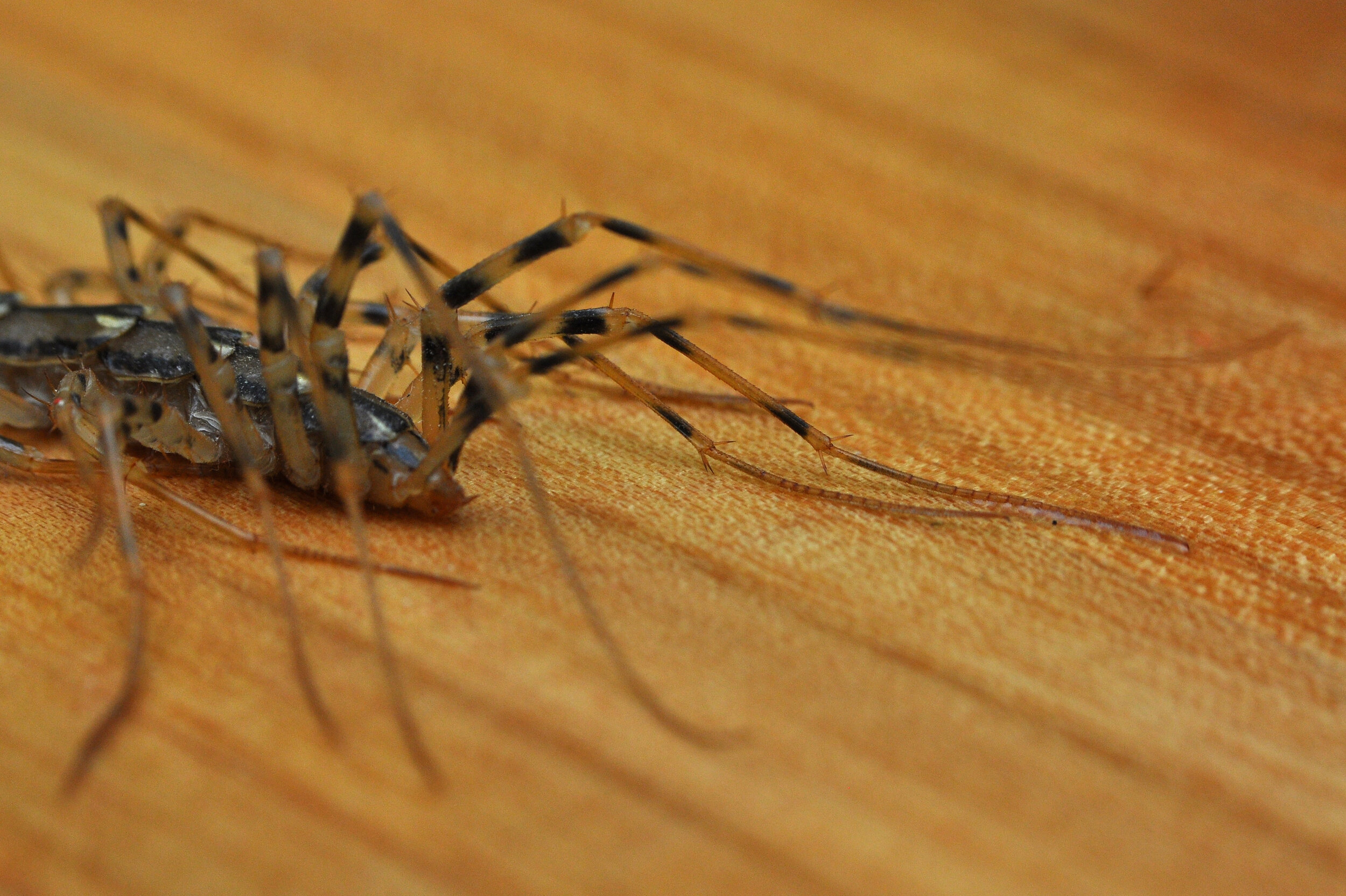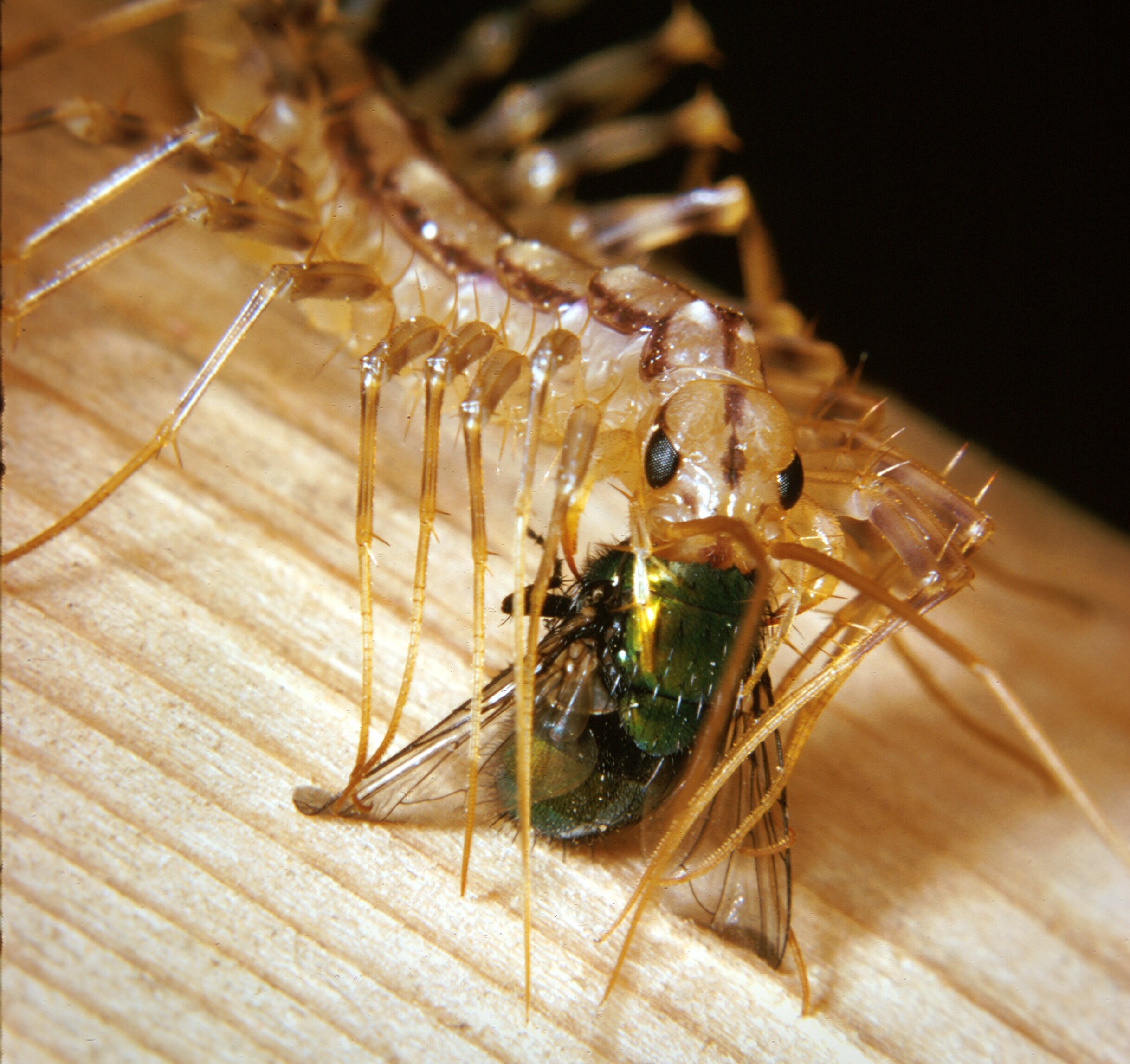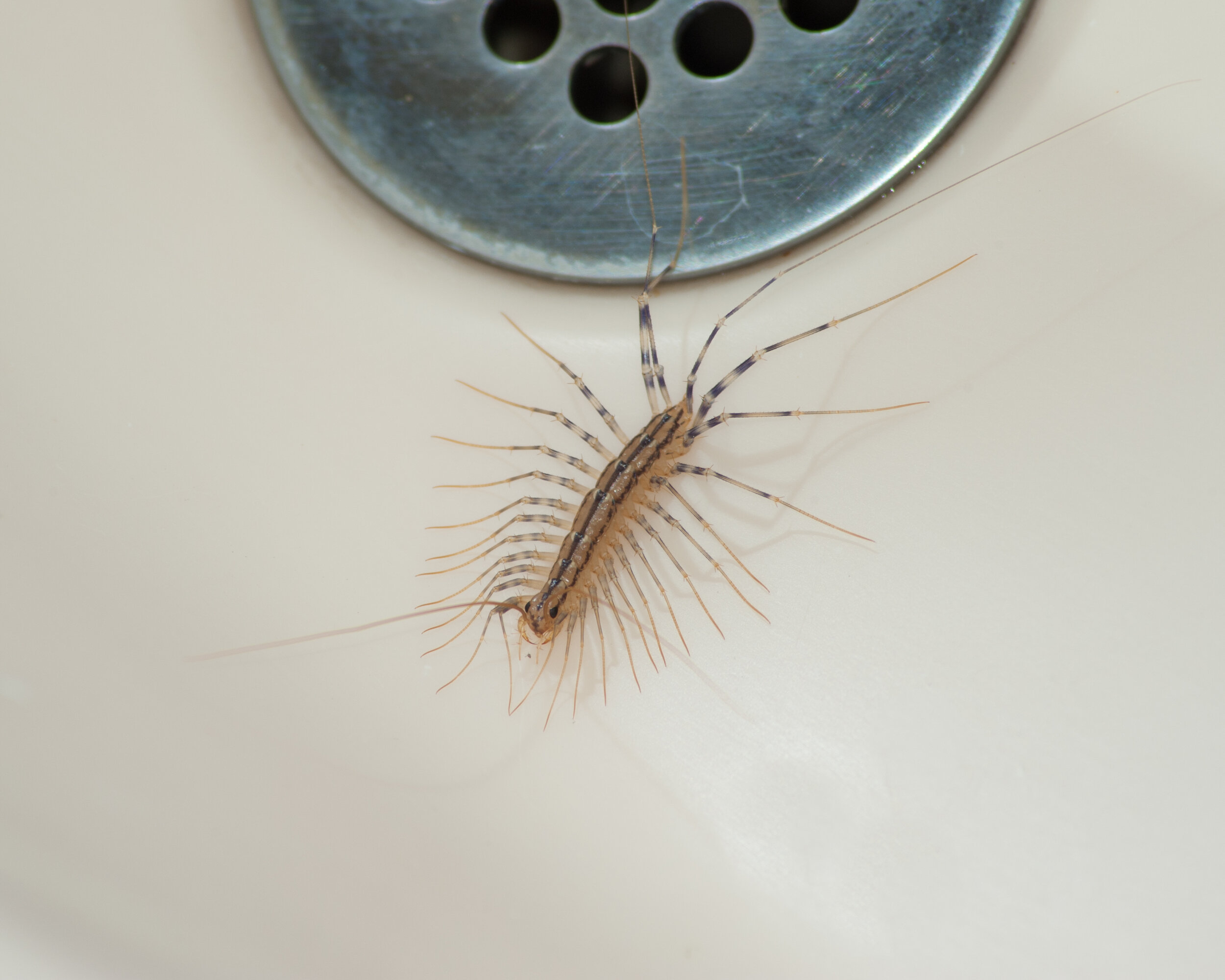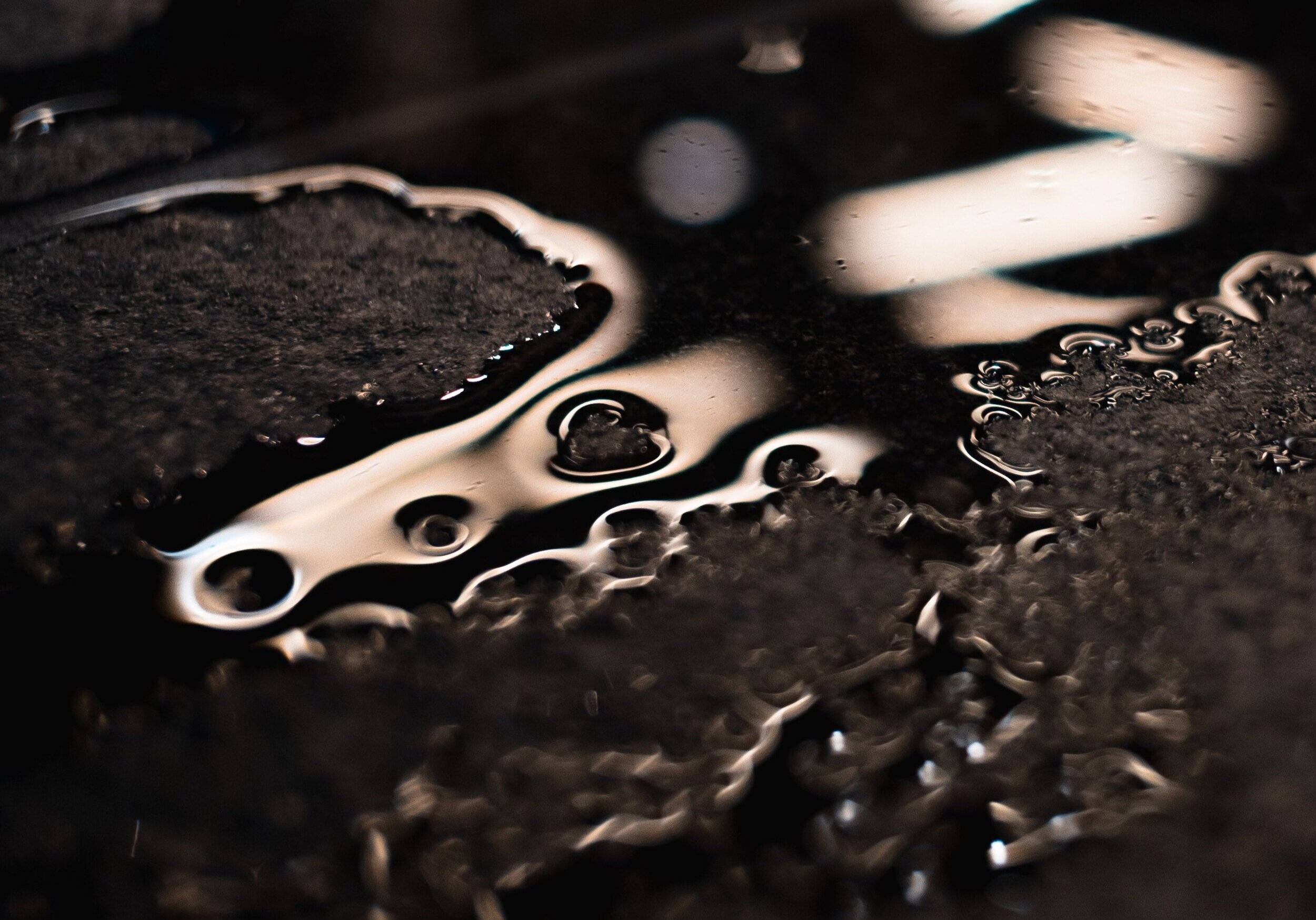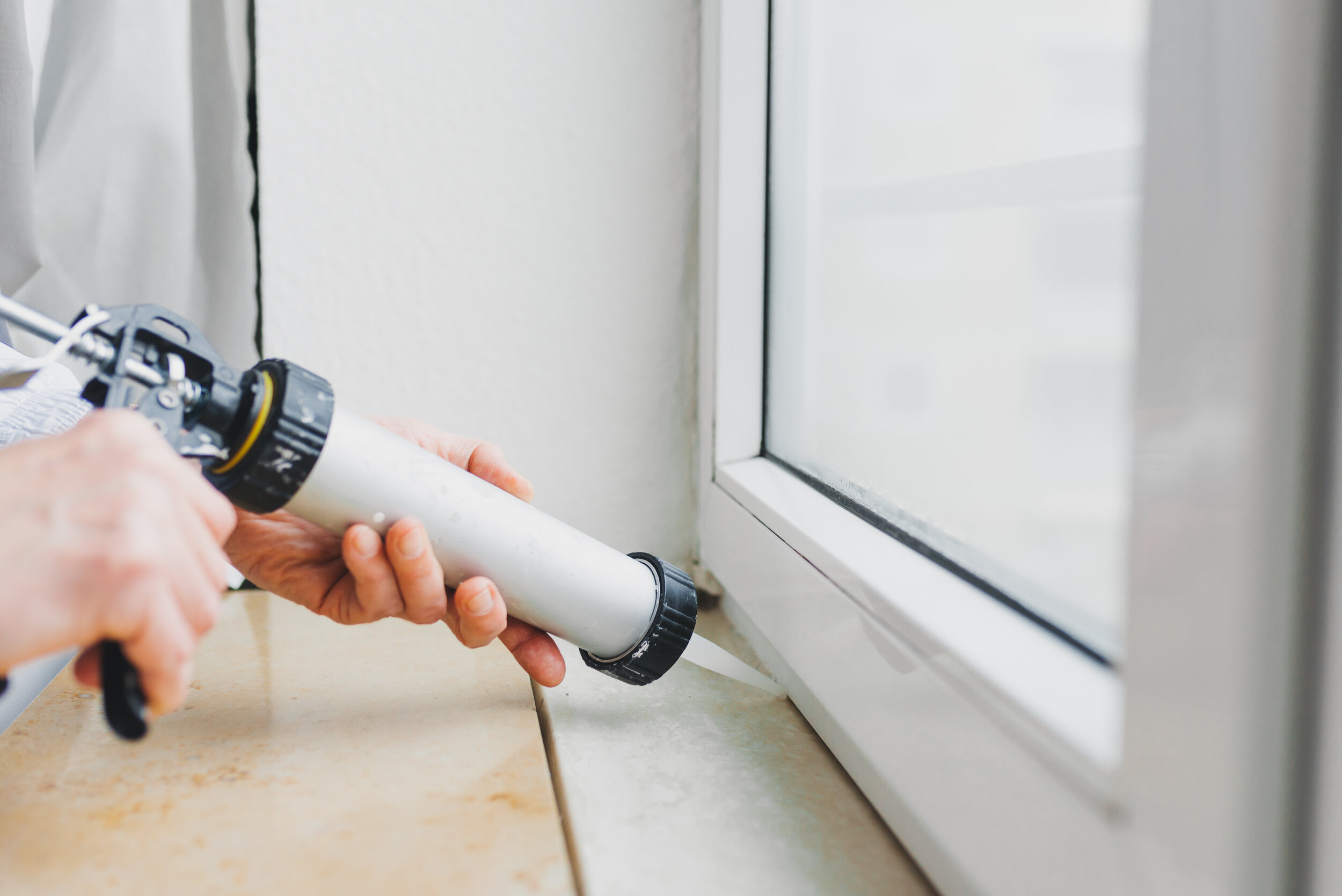How to Get Rid Of A Pesky House Centipede
/House Centipede
Disclaimer: As an Amazon Associate I earn from qualifying purchases. There are affiliate links in this post. This means that at no cost to you, I will receive a commission if you purchase through my link. I will only ever promote the products and services that I trust and 100% recommend. You may read my full disclosure policy for more information. Thank you for supporting my business in this way.
House centipedes are undeniably creepy. With their flat bodies and long legs, they can quickly scurry across the floor and disappear under your sofa or cabinets. It’s certainly tempting to grab the nearest shoe and squash the bug into oblivion, but should you kill a house centipede at first sight?
The answer might surprise you.
What Are House Centipedes?
House centipedes, known by their scientific name as scutigera coleoptrata, are believed to have originated in the Mediterranean. But today, they’re a common sight in homes across the US and all of North America, as well as many countries in Europe and Asia.
We usually think of centipedes as having 100 legs, and though it can look that way when one is scrambling across the floor, they are actually arthropods. This means they have 15 body segments with one pair of legs for each segment.
Centipedes use their legs to inject venom into their prey, but they’re not aggressive toward humans. The only way you might suffer a centipede bite is if you pick it up with your hands and actively try to provoke it. Even then, the bite is usually very mild and will only produce a small bump.
These many-legged bugs gravitate toward dark, humid climates. So you’re most likely to find them in your basement or bathroom. You also will likely find them in larger numbers in the winter, because they tend to gravitate indoors during the colder months. They are nocturnal, though, and for the most part, homeowners can co-exist with centipedes in blissful oblivion.
Nature’s Exterminator: Or, Why You Shouldn’t Kill Centipedes
Unlike their cousin, the millipede, scutigera coleoptrata will not feed on the wood inside your house. They won’t destroy your clothes and they’re not attracted to leftover food. Instead, they feed on other bugs that are harmful to your home, such as flies, moths, spiders, cockroaches, ants, and more. In other words, having centipedes in your house is a lot like hiring a pest control service. Except they’re cheaper and won’t put chemicals in the air.
The Real Problem
Now you know that centipedes are harmless, but you’re probably thinking, “I still don’t want them in my house!” You’re right, and not just because centipedes are frightening.
Like all insects, these bugs only stick around as long as they have plenty to eat and enough humidity to survive. If you have lots of centipedes lurking in your home, it’s usually a sign that you have a larger pest problem. The best way to remove centipedes is by getting rid of the pests that they feed on.
Keep Centipedes Out of Your House by Reducing Moisture
All insects need moisture to survive, so controlling the humidity levels in your home will help to reduce your pest problem.
The EPA has some great guidelines for reducing moisture inside and around your home. Some immediate steps you can take are:
1. Keep up with plumbing problems.
If you have a leaky pipe, fix it right away. This will not only reduce moisture in your home, it will also save you money in the long run by preventing your pipes from bursting and possibly causing expensive water damage.
2. Check your property for standing water.
Water will attract all kinds of bugs, including mosquitoes, termites, and flies. It can build up in obvious places that you might not think to check. Check your yard for buckets, toys, bird baths, pet bowls, and patio furniture that may be collecting water.
If you have potted plants, make sure to empty out the saucers underneath the plants regularly so they don’t attract insects. Puddles can form in your yard and make a great mosquito breeding ground, thanks to failing to turn the hose all the way off, or a faulty sprinkler system. Mulch is also a great moisture trap, so keep at least a couple feet of distance between your mulch and the foundation of your home.
3. Keep your gutters in good condition.
Gutters that are clogged with sticks and leaves are a great moisture trap, and since they’re so close to your home, this can drive insects right inside. Clean out your gutters regularly, and keep up with repairs. You can also install gutter guards to keep your gutters clean, and you should also make sure your gutters are sloped away from your house.
4. Use a dehumidifier.
This is one of the simplest ways to keep moisture out of the air. It’s especially useful if you live in a humid area, such as New Orleans, Louisiana or Houston, Texas. Try to put your dehumidifier in the most humid room in the house. Bathrooms, laundry rooms, and basements tend to be the most humid. But, if in doubt, you can always...
5. Measure the levels of moisture in your home.
Using a moisture meter will help you to determine where in your home the moisture is collecting. This hand-held device will tell you whether there is excess moisture in your walls, wood, or masonry.
6. Call a pest control service.
If the pest infestation is getting out of control, or if you feel that you are putting yourself in danger, you should call an exterminator for professional help.
Tips for the Future
Now that you’ve solved the problem, you’ll want to make sure these pesky insects never come crawling back. Check your windows, doors, and baseboards for cracks where insects might be getting in, and seal them up using caulk or insulation. Keep your house well-ventilated, especially in the summer when humidity levels rise. You can do this by turning on your air conditioning, opening doors and windows, or using window fans.
Watch out for signs of faulty plumbing, such as water marks on your walls or ceilings, rusty water, or a sudden drop in water pressure. By keeping a close eye on your home, you can keep your residence insect-free — and rid yourself of that house centipede in the process.
Brandon Hubbard, AIA, NCARB, LEED AP BD+C
